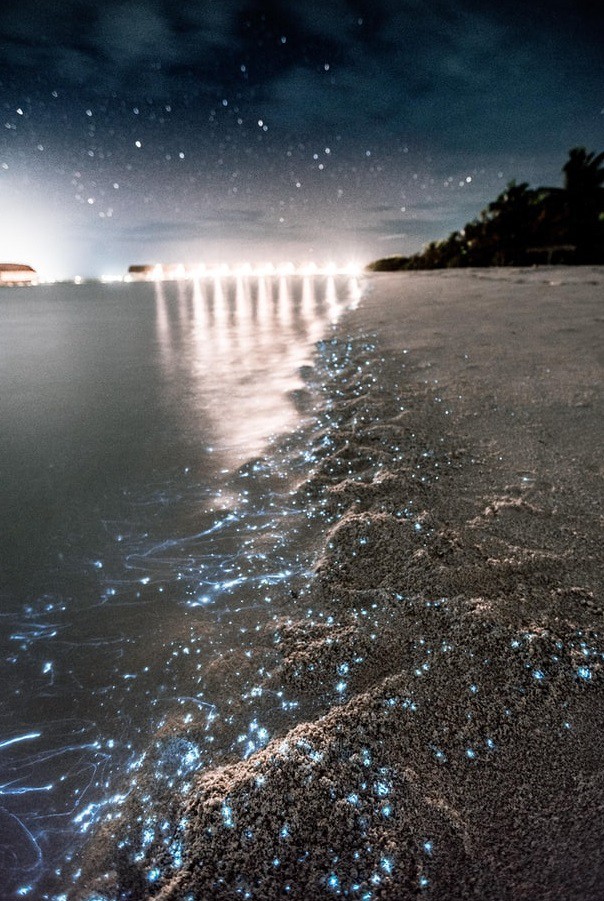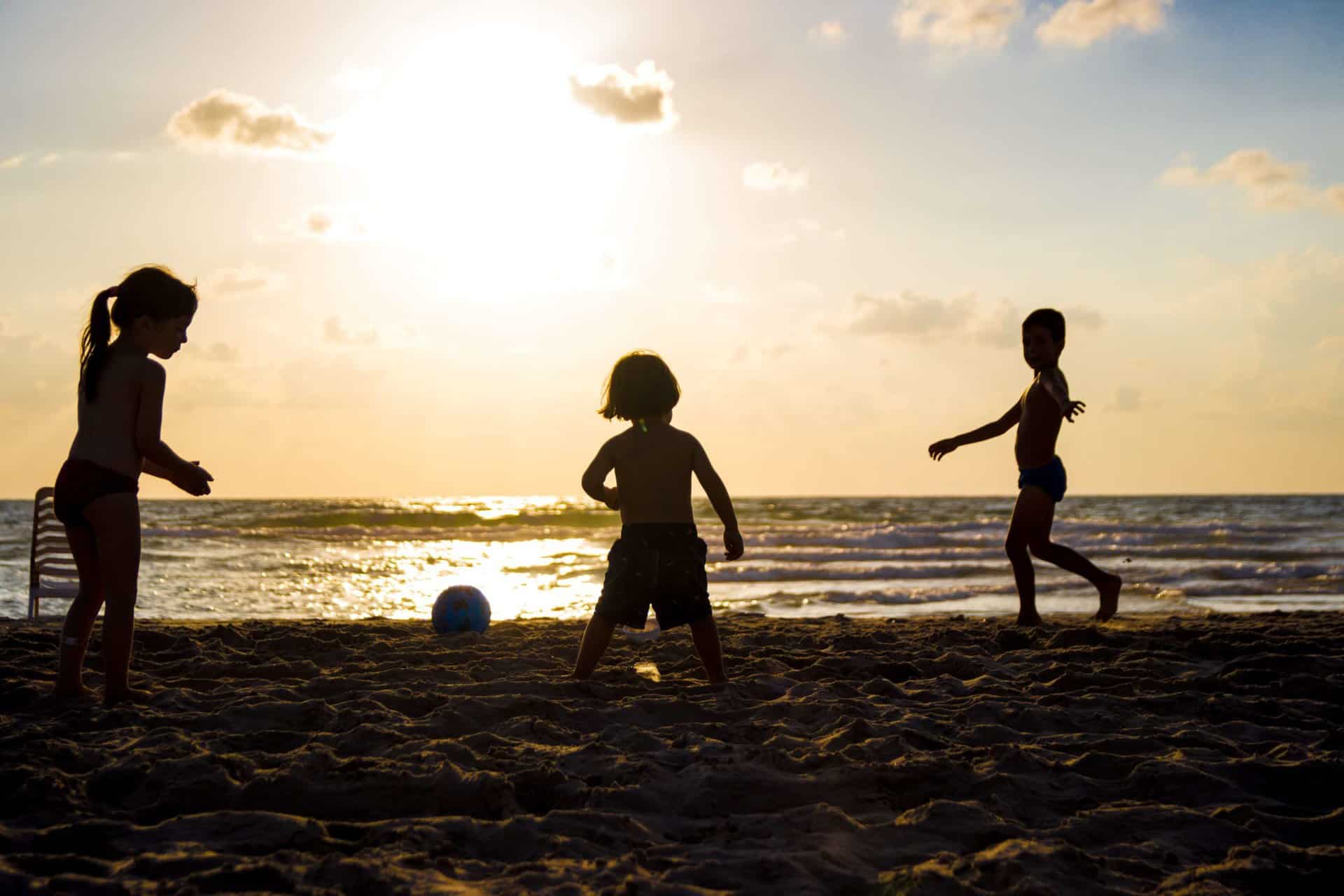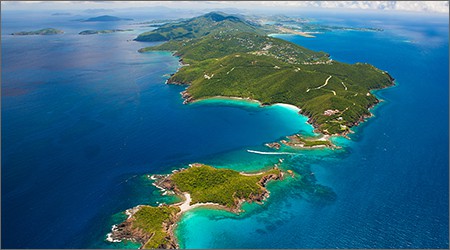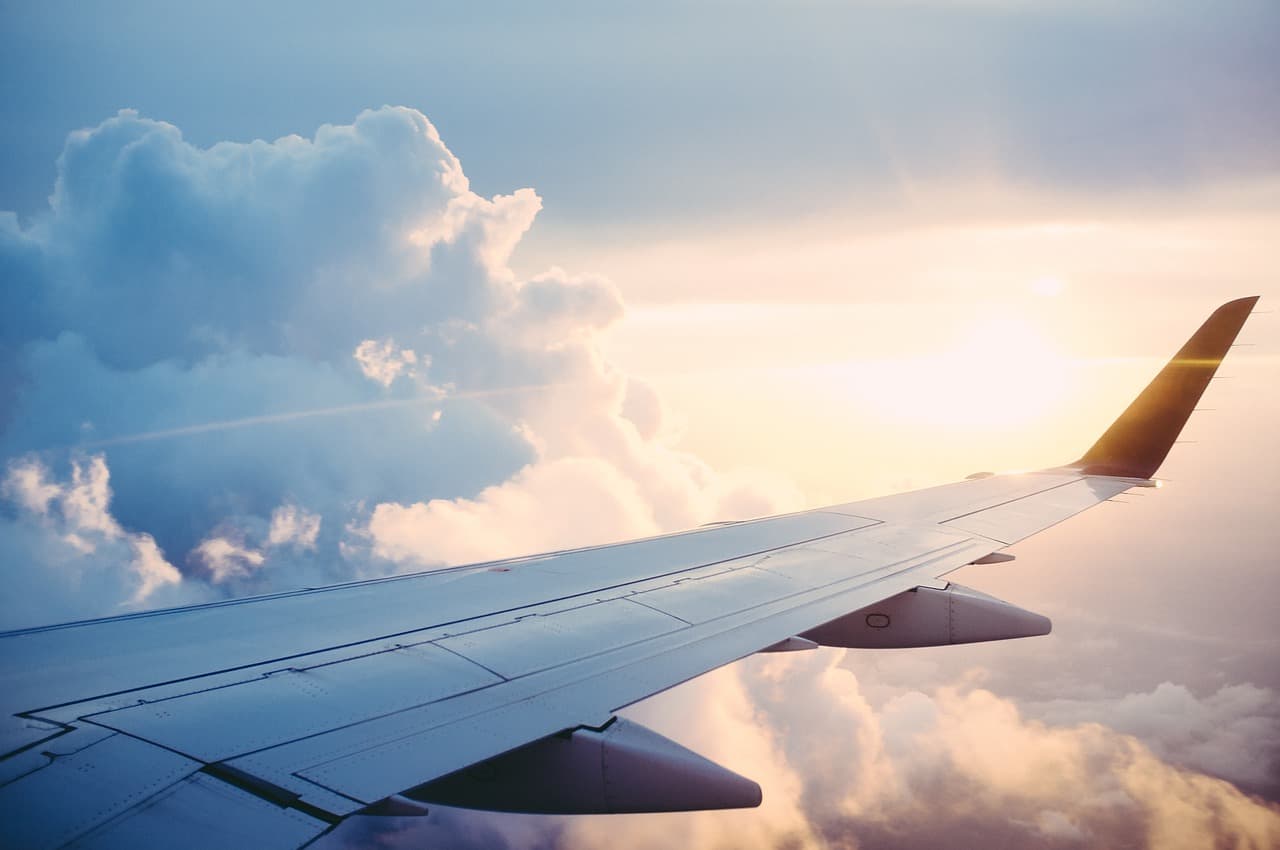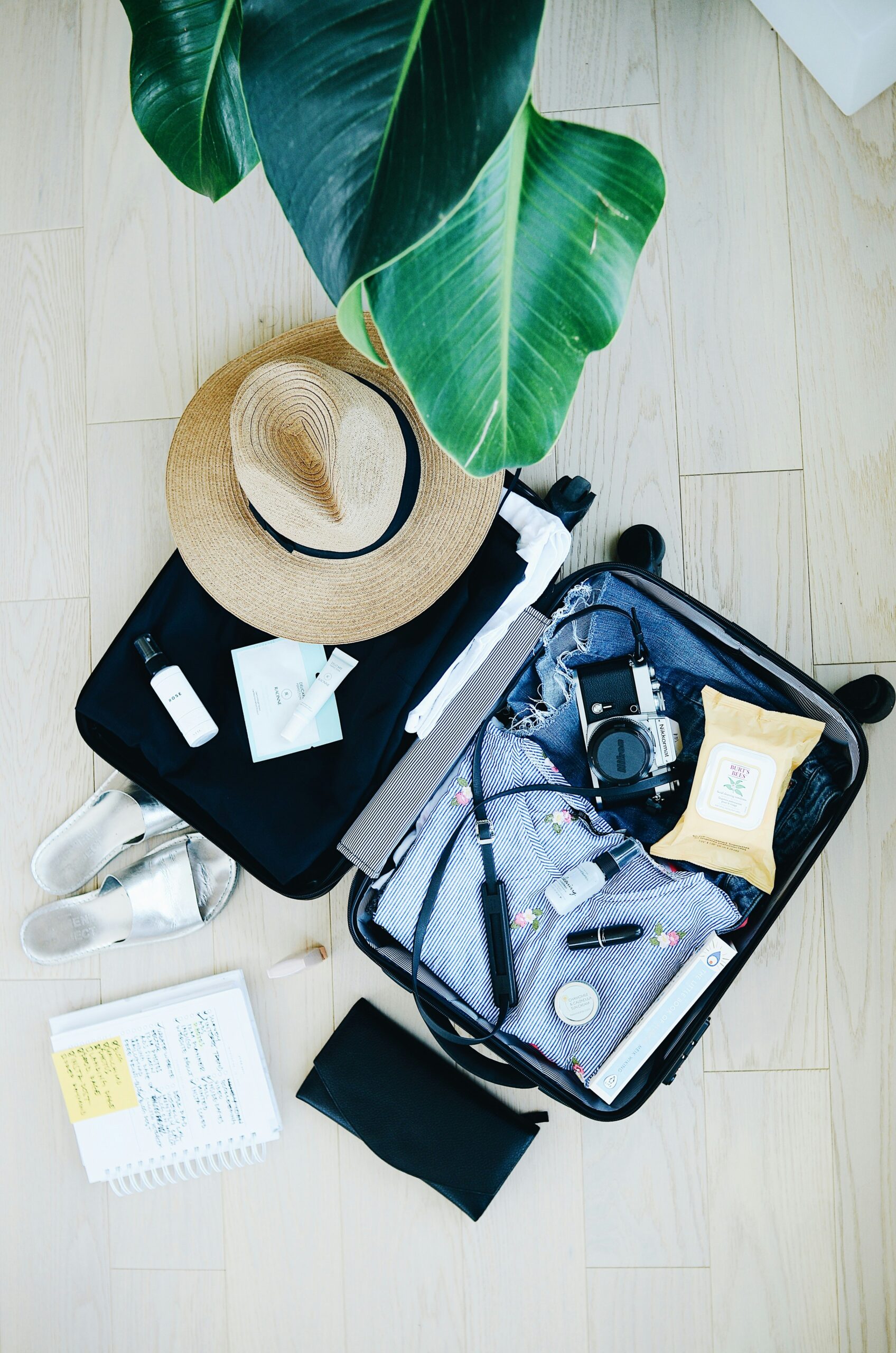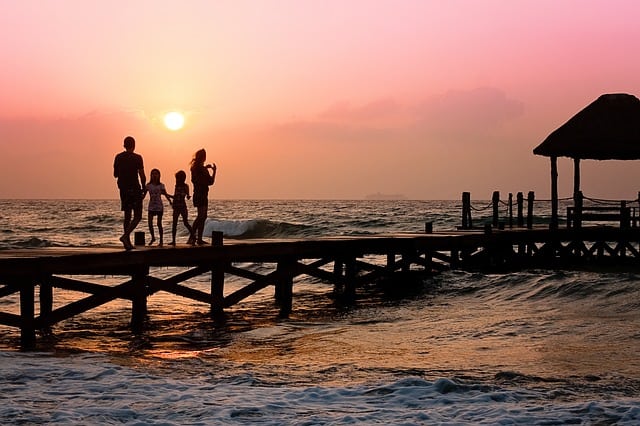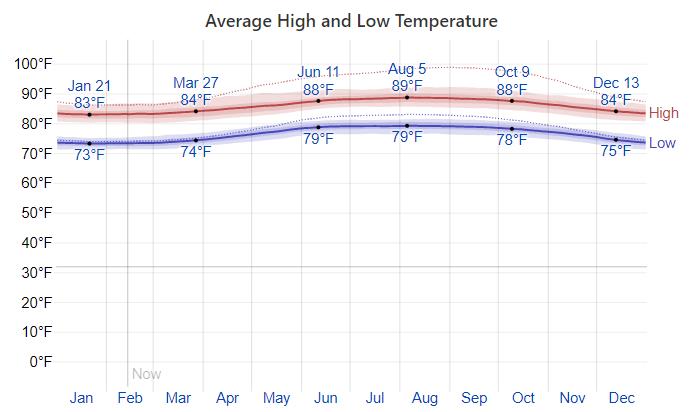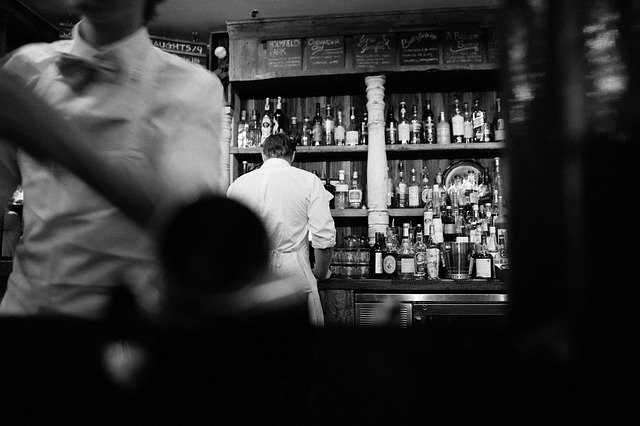The US Virgin Islands are a popular vacation spot for families and couples all over the world. What many people don’t know is that there is a rich history on the islands that make them even more special than to what just meets the eye. Read below to learn 10 things about the USVI that you (probably) didn’t know.
USVI is a ‘Pirates of the Caribbean’ hot spot
In the late 1600s, the Virgin Islands were home to real life pirates. Local governors became rich when they got paid off by roaming pirates in exchange for safe haven. A few notable pirates include Captain Kidd, Jean Hamlin, Stede Bonnet, Tempest Rogers, Bartholomew Sharp, and Black Sam Bellamy.
Just off the east end of St. John is Norman Island, which is named for a pirate and also nearby is Stevenson’s Dead Chest Island. The archaeology of piracy in the park is currently underway and there have been two sites already found that are 17th-century pirate hideouts.
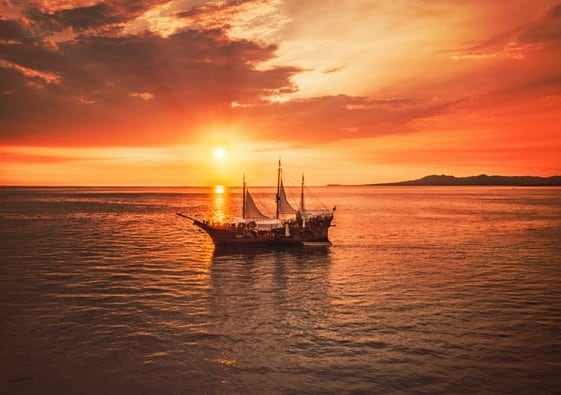
Driving on the Left
The US Virgin Islands are the only place in the US where you drive on the left side of the road. Even though the islands are part of the US, driving laws date back to when they were under European rule.
Islands with Nicknames
St. Croix, St. John, and St. Thomas each has a nickname. St. Croix has the nickname Twin City, Love City was a nickname given to St. John, and St. Thomas is known as Rock City. The three of these islands combined is about two times the size of Washington, D.C.
Oldest Baobab Tree in the Caribbean
St. Croix is home to the oldest Baobab tree in the Caribbean. While the tree is native to South Africa, it was brought to the US Virgin Islands and planted during the 18th century. Baobab trees can grow up to 25 meters high and live for thousands of years, so it’s expected to be on the island for a very long time.
The Caribbean Sea + The Atlantic Ocean
The US Virgin Islands are the only territory in the US to have coasts on both the Caribbean Sea and the Atlantic Ocean. When you travel to the islands, make sure to take a swim in both of these oceans.
A Local Holiday
Each year on March 31st the U.S. Virgin Islands celebrate their transfer from Danish to American authority, known asTransfer Day. The festivities usually include a ceremonial lowering of the Danish flag and raising of the U.S. flag, as well as serving Red Grout, a Danish-inspired pudding made from guavas and tapioca. There are also festivals, concerts, and parades throughout the several islands.
Underwater National Park
St. John is home to an underwater National Park that lives In Trunk Bay. Visitors will find an Underwater Trail, which happens to be one of the best places to snorkel in the Caribbean. There are many signs below the water that provide information about the marine life you see as you enjoy the trail.
The History of a Name
Settled by the Danish in 1666, Charlotte Amalie is the capital city located on St. Thomas. It was originally home to so many taverns that it was given the name Taphus, or “Tap House”. After almost 30 years the Danes changed the name in honor of King Christian V’s wife, Charlotte Amalie.
A Long History of Commerce
The USVI has been known as a shopping destination dating all the way to 1607. The Historic Preservation Office in St. Thomas will soon be installing a plaque received from the state of Virginia recognizing the historic visit of when the Jamestown settlers — who built the first successful English settlement in North America — stopped in Charlotte Amalie to stock up on supplies. The plaque will be hung on the Liberty Bell platform in Emancipation Garden.
Bioluminescent Bays
The U.S. Virgin Islands have not one, but two bioluminescent bays. Salt River Bay and Altona Lagoon, both located on St. Croix, are the best places in the Caribbean to view the glowy algae.
Being able to witness the bioluminescence is dependent on many factors such as weather, time of year, and moon phase, so make sure to book a local tour to view the glowing marine plankton and jellyfish in an ethical way but to also see them in their best form.
